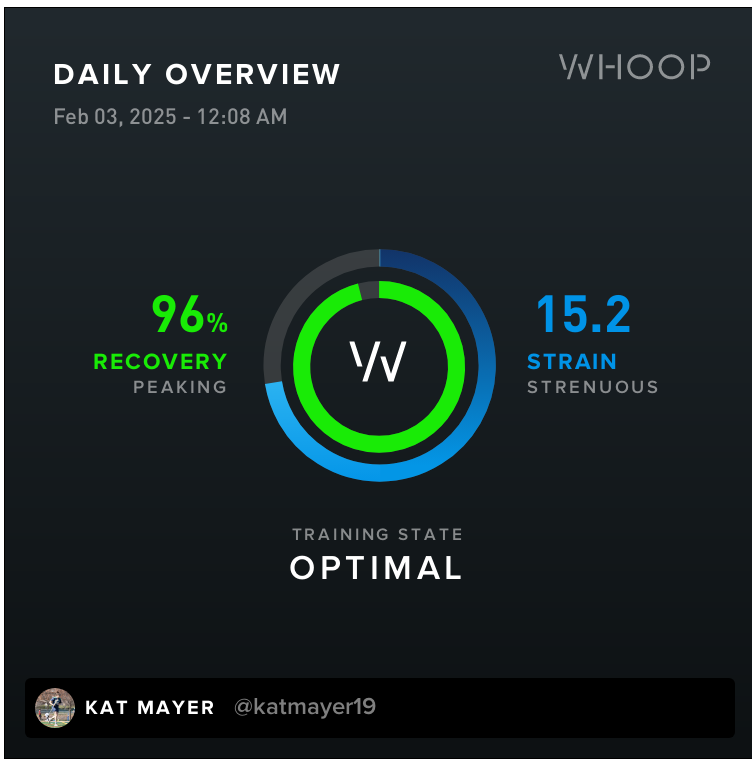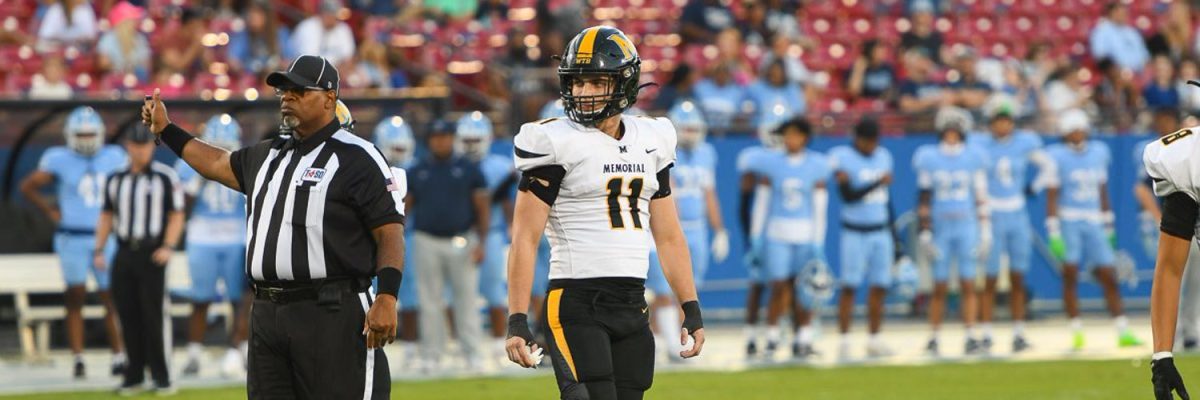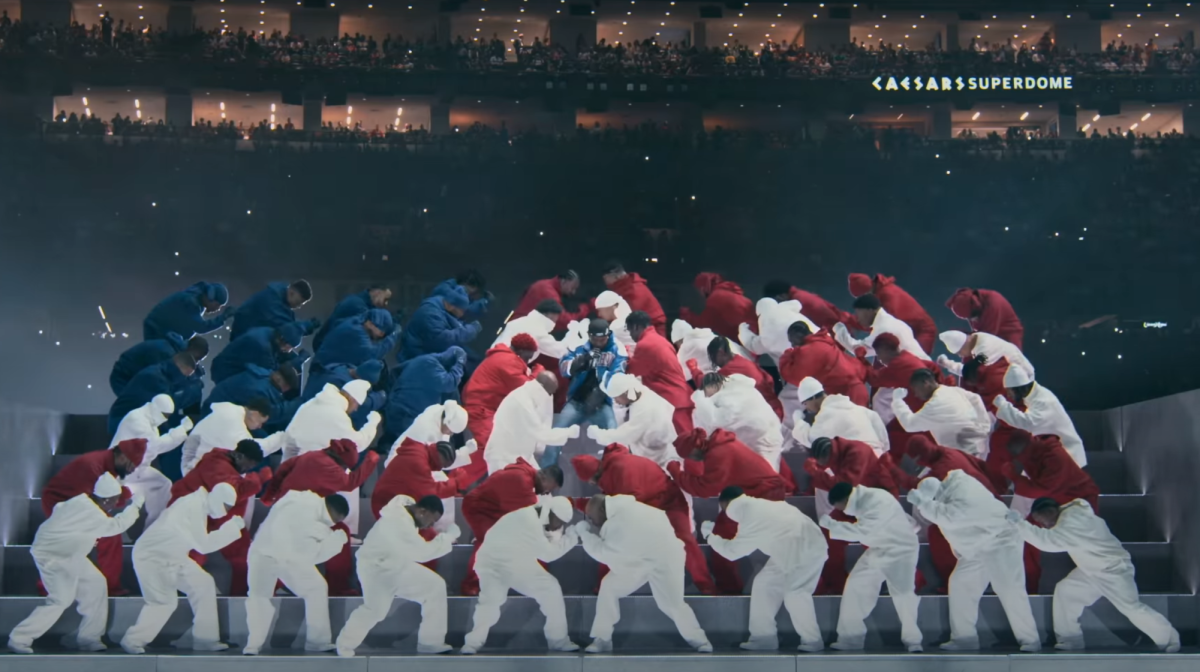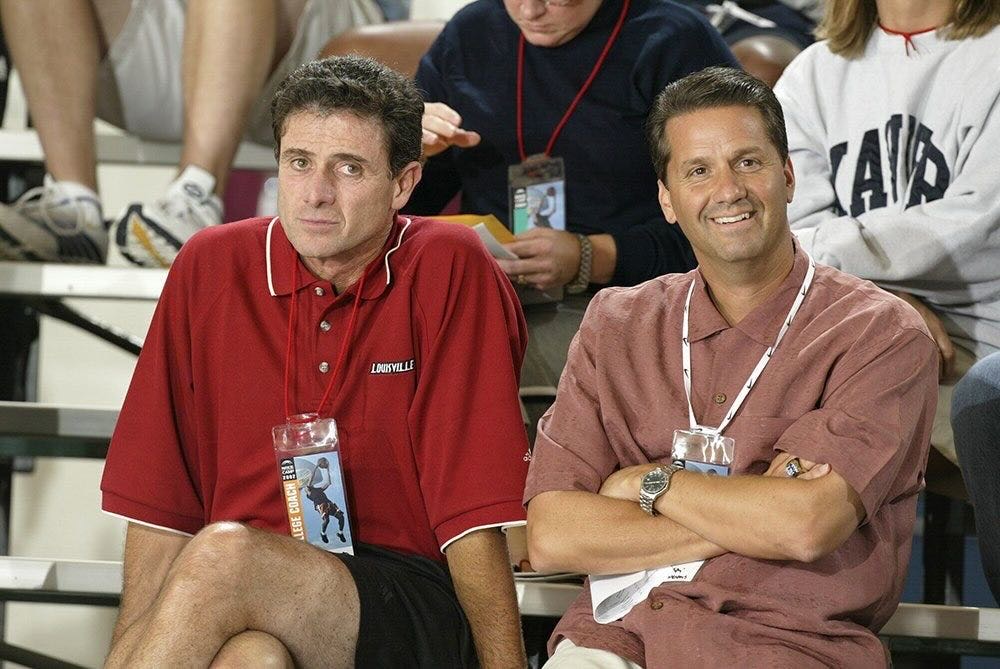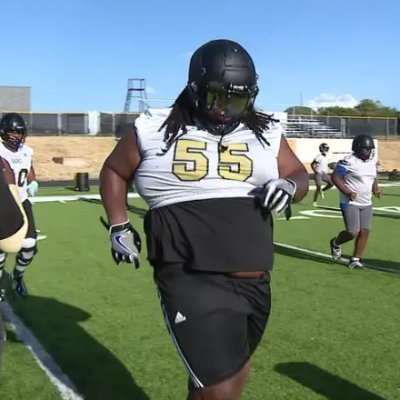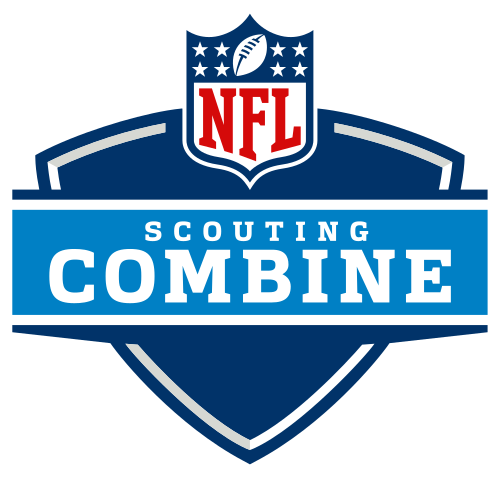WHOOP is one of the newest fitness bands on the market, allowing you to keep track of you your sleep, fitness, recovery, and more. Many athlete’s have turned to WHOOP to track their fitness and help perfect their performance.
The WHOOP fitness tracker has gained large amounts of popularity in recent months. Whoop first launched their company in 2015. The first version of their fitness tracker was the WHOOP 1.0. They have now expanded; their latest release was the WHOOP 4.0.
WHOOP has sponsored some big name athletes like Cristiano Ronaldo, Michael Phelps, Patrick Mahomes, Eli Manning, Tiger Woods, Brandon Woodruff, and Nelly Korda. WHOOP also sponsors Notre Dame Athletics and Howard University Athletics.
WHOOP fitness bands gained massive popularity in 2020 during the Covid 19 pandemic. WHOOP was originally intended for high-end athletes, but has become more mainstream
Alyssa Frasier is a senior boarding student from Berlin, VT. She chose WHOOP for the unique fitness tracking abilities other products do not offer.
“It keeps track of data such as sleep, HRV, recovery, and strain that others do not offer,” she said.
According to Whoop.com, “strain is a measure of cardiovascular and muscular exertion that quantifies the amount of physical and mental stress you’re putting on your body. We track your strain on a 0-21 scale, both for your entire day and for specific workouts and activities.”
Alyssa is finding herself building better habits since having a WHOOP.
“I have found that my sleeping habits have been much more consistent and healthy since I now realize that my recovery and performance is better the more I can reach my sleep goals,” she said.
“My favorite feature is being able to see your strain during various activities because it helps me gauge how hard I am going during practices/games and also how much I need to recover to be able to perform at a high level,” she added.
However, there is some controversy around WHOOP, and fitness trackers in general. Some people see their sleep and recover and say they don’t feel great because of what their WHOOP says. Regardless of how you really feel, people will go by the data on their tracker.
This could be an issue for some people; the fitness tracker can actually have a negative effect on some peoples mental and physical health. It’s the opposite of what fitness trackers where meant to do.
From personal experience, I have a WHOOP and have tried other fitness trackers in the past. I have experienced days where my WHOOP tells me that I did not get a good night of sleep; however, I wake up feeling very rested and ready for the day. But when I look at my sleep quality data, some times the results impact my mindset for the day. I also have days where my recover is very low and I will feel good. When I look at the recovery before a game or practice, sometimes I will get into my head about how I really feel.
I am also in WHOOP groups with my friends. When I look at their strain and see it is lower then somebody else’s, I will go workout to get a higher strain, regardless of whether I had already worked out that day or not.
WHOOP and other fitness brands have groups you can make. These groups allow you to see your friends/teammates data along with yours. This, however, can make people obsesses over having the best recovery, highest strain, highest sleep score, and much more. If people are trying to push their body to unhealthy limits because of what a fitness tracker is saying, that becomes a danger to athletes’ health.
Brenna Ziter is a junior boarding student on the Girls Varsity Hockey team. She has had her WHOOP for five years. She feels it has helped her understand her body and fitness.
“My WHOOP has given me a better understanding on how your body reacts to different sleep cycles, training days, etc that I have used as a guide to better my day to day life as an athlete,” she said.
Brenna’s favorite feature about the WHOOP is her journal. She fills it out every morning to keep track of her information.
“That tells the app what you did in the hours prior to sleeping,” she said. “It might include questions about your diet, night time routine, or about your day. This helps the app tell you what you can improve upon to maximize your recovery which, I find super helpful.”
Brenna is in tune with her body and her WHOOP. She feels that her WHOOP is very accurate with how she is feeling that day.
“While my whoop tends to dictate how I feel throughout the day, I think that when it senses that I didn’t fully recover, my body usually feels the same as what the app is telling me,” she said. “Because of this, I might modify what my time in the weight room looks like, or what training I do off the ice.”
Brenna uses her WHOOP to see her own growth rather than that of her friends and teammates.
“While lots of people spend their time looking in the groups to see what others are doing, trying to make it a competition, I genuinely think I’ve opened the community (group section of the app) a total of five times.”
Riley Stocker is a sophomore boarding student on the Girls Varsity Hockey team. She chose her WHOOP “because it is more specific to athletes and shows many deeper statistics and data while other mostly focus on just everyday people,” she said.
Riley likes the WHOOP because of its ability to track your sleep; allowing you to have good sleep enhances recovery and performance.
“I have found my sleep to be much better and somedays when my strain is super high I know I should rest my body,” she said.
Riley is aware of how she feels, not just what her WHOOP is telling her.
“Sometimes it gets in my head a little but I still try to preform at my best,” she said. “Most game days especially I will not look at my recovery till after the game because I don’t want that to get into my head and affect my play.”
Riley keeps track of the data and competes with her friends. But ultimately she is concerned more about her data than anybody else’s.
“When we are together we will talk about it a lot, like who had the highest strain, HRV, sleep and things like that. I think I obsess over the data more than I try to compete with others,” she said.
Ansel Garvey, the Athletic Trainer at Williston, uses an Oura Ring.
The Oura ring does similar things to fitness trackers like WHOOP, but one major difference is, as it says in the name, it’s a ring.
Garvey chose it for its ease, and “because of its high quality sleep tracking, battery life and the large community,” he said.
Garvey’s favorite thing about the aura ring is how the metrics are broken down on the app, allowing you to get all the information you need to stay on top of your fitness and health.
“For example, the sleep quality is broken down into seven groups including latency, restfulness, deep and REM sleep, and a few others,” he said. “he app will also give you recommendations on how to improve on the specific metrics that mean the most to you. Also, the symptom tracker to predict an illness is an interesting feature as well.”
The Oura Ring uses a app that displays all the data from the ring, similar to WHOOP.
“I feel the app is quite user friendly,” Garvey said. “I am still learning things and I have been using it for about three weeks, but I got the basics pretty easily. The only thing I don’t love so far is that it predicts and displays your stress levels. It often portrays stress levels much higher than I perceive, but maybe that just my perception.”



